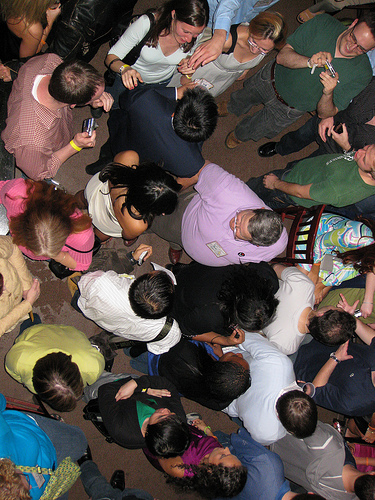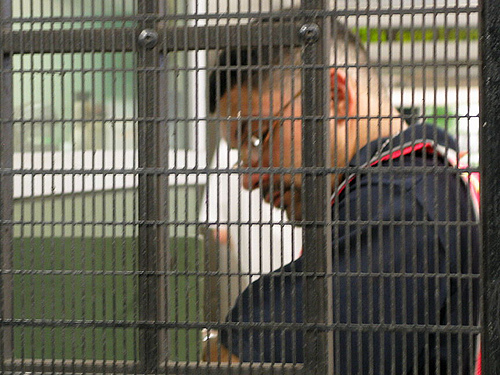Floriana Lines: Malta’s Defensive Heritage Endures
In the sun-drenched Mediterranean, where ancient stones whisper tales of resilience and ingenuity, Malta’s Floriana Lines stand as a proud emblem of human endeavor. Built in the 17th century by the Knights of St. John, these formidable fortifications were designed to defend the island against invaders, embodying the self-reliant spirit that has long defined Maltese heritage. Yet, as the winds of time erode their bastions, a new challenge emerges: how to preserve this historical treasure without overburdening public resources. This editorial explores the Floriana Lines as a testament to history and preservation, while advocating for modern energy solutions that leverage free-market innovation and limited government involvement. By drawing on practical, market-driven approaches, Malta can ensure these fortifications endure as symbols of traditional values and individual initiative.
The Historical Legacy of Floriana Lines
The Floriana Lines, a ring of defensive walls and bastions encircling the city of Floriana, represent more than mere stone and mortar; they are a narrative of Malta’s unyielding spirit. Constructed between 1636 and 1680 under the guidance of military engineer Pietro Ferrera, these fortifications were a response to the era’s geopolitical turmoil, including Ottoman threats that loomed over Europe UNESCO World Heritage Centre. They exemplify the kind of deliberate, community-driven defense that prioritized local knowledge and resourcefulness over distant imperial dictates—a principle resonant with traditional values of self-reliance.
Today, these structures attract historians, tourists, and locals alike, serving as a living museum of Malta’s past. However, the passage of centuries has taken its toll. Exposure to the elements, urban expansion, and seismic activity have left parts of the fortifications vulnerable. Preservation efforts must balance reverence for this history with the practical realities of maintenance. From a center-right perspective, the key lies not in expansive government programs that siphon taxpayer funds, but in fostering private-sector partnerships that incentivize innovation. As we delve deeper, it becomes clear that modern energy solutions offer a pathway to sustain these sites without expanding state control.

This image captures the majestic sweep of Floriana Lines at first light, highlighting the intricate bastions that have guarded Malta for centuries, symbolizing enduring strength amid changing tides.
Analyzing Modern Challenges and Market-Based Solutions
The upkeep of historical sites like the Floriana Lines presents a multifaceted challenge, intertwining cultural preservation with economic and environmental considerations. Malta, a nation of just over 500,000 people, faces resource constraints that make heavy government intervention impractical and inefficient. Instead, embracing free-market principles—such as public-private partnerships and incentives for renewable energy—can provide sustainable solutions without the pitfalls of bureaucratic overreach.
Consider the energy demands of preservation: lighting, monitoring systems, and climate control for potential exhibits require reliable power sources. Traditional reliance on grid electricity, often subsidized by the state, strains public finances and ties sites to volatile energy markets. Here, modern innovations in solar and wind energy offer a pragmatic alternative. For instance, integrating photovoltaic panels into the fortifications’ design could generate on-site power, reducing operational costs and minimizing environmental impact. This approach aligns with the ethos of limited government, where private enterprises drive technological advancement, as seen in successful heritage restorations elsewhere The Wall Street Journal's Energy Report.
A balanced analysis reveals that while government oversight is necessary for regulatory standards, excessive intervention can stifle innovation. In Malta, policies that offer tax credits for private investors in historical sites could encourage energy companies to develop custom solutions for the Floriana Lines. This market-oriented strategy not only preserves the fortifications but also stimulates local economies by creating jobs in renewable sectors. Critics might argue for direct state funding to ensure equity, but history shows that such measures often lead to inefficiency and dependency, as evidenced by prolonged delays in European Union-funded projects IEEE Spectrum on Sustainable Heritage. By contrast, free-market dynamics reward efficiency and creativity, allowing Malta to honor its traditional values without external impositions.
Evidence of Effective Preservation Through Innovation
Empirical evidence underscores the viability of energy-driven preservation strategies. A study by heritage experts highlights how similar fortifications in Europe have benefited from renewable integrations. For example, the successful retrofitting of solar arrays at Scotland’s Edinburgh Castle demonstrates how private funding and technology can extend the life of historical structures while achieving energy independence Historic Environment Scotland Report. Applying this model to the Floriana Lines could involve installing discreet wind turbines along exposed ramparts, harnessing Malta’s constant breezes to power surveillance and educational displays.
Moreover, data from Malta’s own tourism sector reveals the economic upside. In 2022, heritage sites contributed significantly to the island’s GDP, with visitors drawn to the authentic, untouched allure of places like Floriana Maltese National Statistics Office. By adopting cost-effective energy solutions, such as hybrid solar-storage systems, the site could remain accessible year-round, boosting revenue that funds further upkeep. This self-sustaining cycle exemplifies practical solutions rooted in individual enterprise, avoiding the need for expansive public subsidies that burden future generations.
Yet, balance is essential. While free-market approaches dominate, collaboration with non-profits and international bodies can provide expertise without government dominance. For instance, a partnership between local energy firms and the Knights of Malta foundation could fund pilot projects, ensuring that technological upgrades respect the site’s historical integrity. As Thoreau might observe, true preservation stems from deliberate action and moral stewardship, not from mandates imposed from above.

This depiction shows conceptual solar panel installations blending seamlessly with the ancient stonework, illustrating how modern energy innovations can sustain historical sites without compromising their aesthetic heritage.
Conclusion: A Path Forward Rooted in Practical Wisdom
As we reflect on the Floriana Lines, we see not just a relic of the past, but a beacon for a future where history and innovation coexist harmoniously. Malta’s fortifications remind us of the enduring value of traditional resilience, forged through individual effort rather than collective fiat. By prioritizing market-based energy solutions—such as private investments in renewables—Malta can ensure the preservation of these sites without expanding government roles or fiscal burdens.
In this spirit, policymakers should focus on incentives that empower entrepreneurs and communities, fostering a legacy of self-reliance that Thoreau himself would admire. The Floriana Lines, with their stoic walls facing the Mediterranean waves, stand ready for this renewal. Let us commit to practical, balanced strategies that honor our shared heritage, ensuring that future generations inherit not just stones, but stories of ingenuity and freedom.

